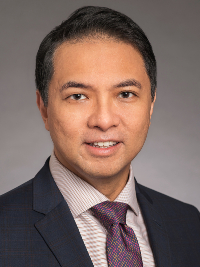
Their plan of action focuses on improving access to health services; strengthening assistive technology, support services and community-based rehabilitation; and strengthening the collection of disability data and research, which lies at the heart of advancement in our discipline. While we advance the study of exoskeletons and other more costly devices at TIRR Memorial Hermann, we’re also contributing to WHO’s objective of creating low-cost, high-benefit therapies and devices that can be put to use easily in therapy centers around the world.
The demand for rehabilitation services in low- and middle-income countries already exceeds availability. We have a well-developed rehabilitation service here, but globally the number of physicians, therapists, prosthetists and orthotists meets about one-tenth of the total need.
No matter how small your hospital or clinic, there are ways to help people in other countries remain as independent as possible and live meaningful lives. We challenge you to push your knowledge of clinical care and research beyond your walls by sharing it with all of us.
Gerard E. Francisco, MD
Chief Medical Officer
TIRR Memorial Hermann
Professor and Chair, Department of Physical Medicine and Rehabilitation
McGovern Medical School at UTHealth